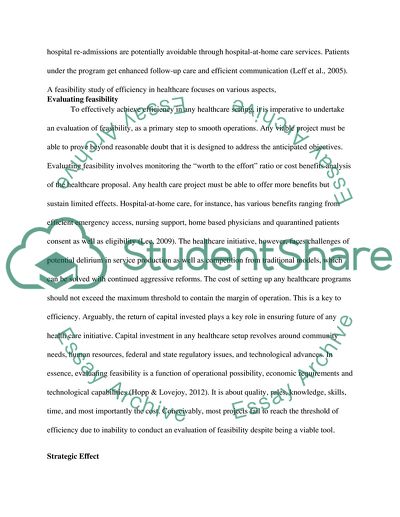Cite this document
(“Efficiency In Healthcare Essay Example | Topics and Well Written Essays - 2500 words”, n.d.)
Retrieved from https://studentshare.org/medical-science/1646720-efficiency-in-healthcare
Retrieved from https://studentshare.org/medical-science/1646720-efficiency-in-healthcare
(Efficiency In Healthcare Essay Example | Topics and Well Written Essays - 2500 Words)
https://studentshare.org/medical-science/1646720-efficiency-in-healthcare.
https://studentshare.org/medical-science/1646720-efficiency-in-healthcare.
“Efficiency In Healthcare Essay Example | Topics and Well Written Essays - 2500 Words”, n.d. https://studentshare.org/medical-science/1646720-efficiency-in-healthcare.


